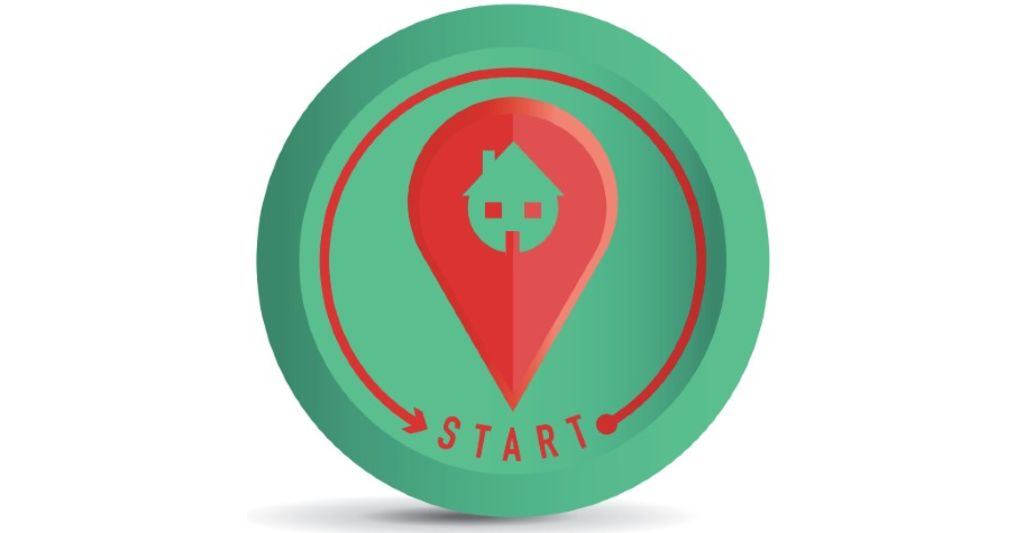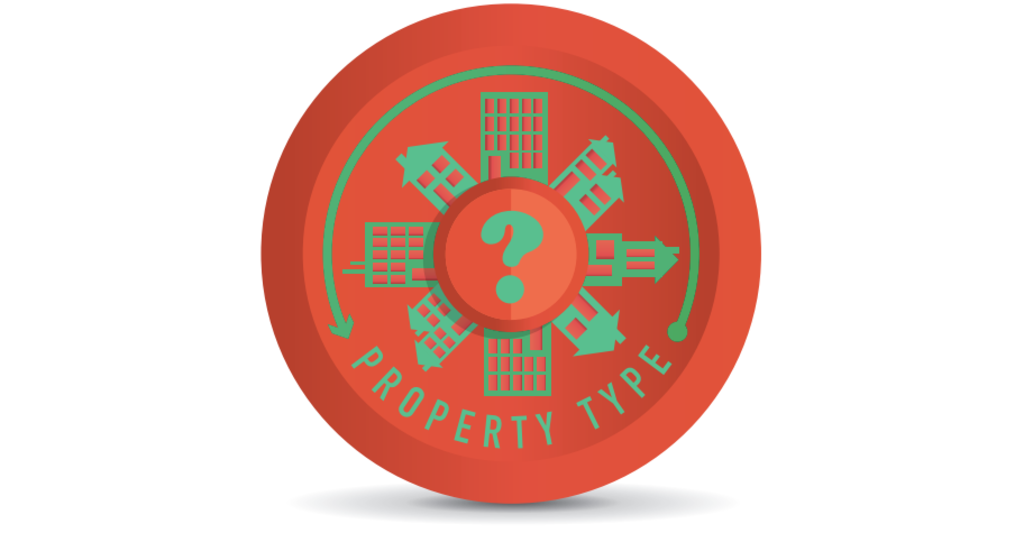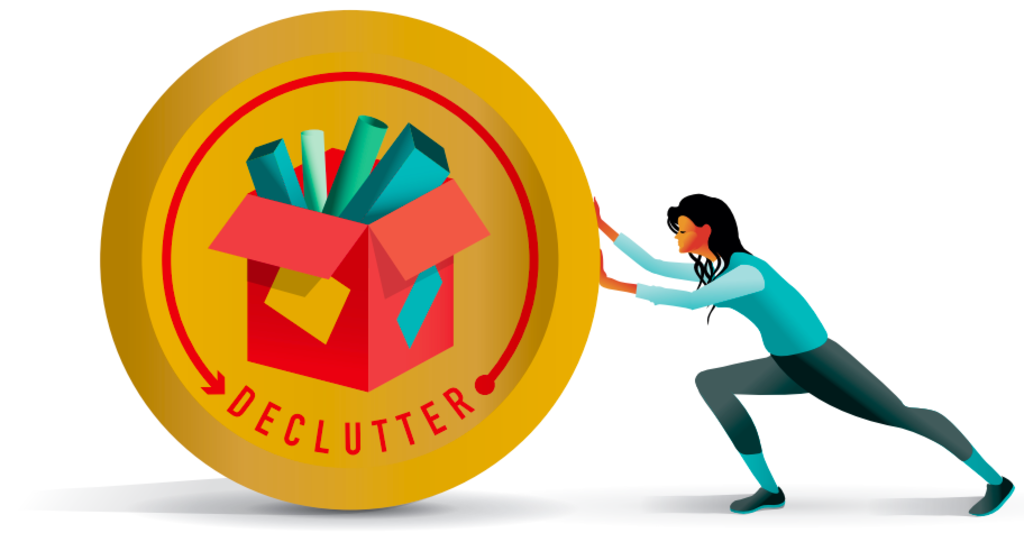

PROPERTY INVESTMENT
Moving from a cherished family home to a property that better suits changing needs later in life can seem like a major challenge, but it can also bring many lifestyle benefits.
So, where is the best place to start, what sort of properties are ideal, and how do downsizers navigate selling the family home and decluttering decades worth of possessions while taking advantage of the incentives on offer?

Downsizers typically start thinking about making a move when adult children have moved out, and the time, money and effort spent maintaining a large home begins to outweigh the benefits of staying.
“Sometimes people are very daunted by the process,” says Melissa Freasier, director of Downsizing With Care, a Canberra-based company that helps people declutter and downsize.
“We recommend working three months to one year in advance.”
One of the first steps is to discuss the idea with family, says real estate agent and Blackshaw City & Inner North partner Tony Trpeski.
“Get the family on board and talk to them about why you want to downsize,” he says.
Become a member
Check out our Privacy policy.
It can be tempting to start browsing properties for sale right away, but Trpeski says downsizers should first determine their budget by arranging an appraisal of their home from a local real estate agent.
“That gives a bit of a guide to what you can look at when buying,” he says.

There are multiple government incentives that downsizers should investigate.
The ACT’s pensioner duty assistance scheme allows eligible pensioners to avoid paying conveyance duty when purchasing a home for less than $440,000 or pay reduced duty for properties between $440,000 and $570,000.
Additionally, eligible downsizers can make a one-off superannuation contribution of up to $300,000 from the proceeds of the sale of their home, assuming they’ve lived in it for 10 years or more.
“Downsizing normally implies moving to a less expensive property, so you normally also pocket a bit of cash,” says economist and Market Economics managing director Stephen Koukoulas.
“It’s probably not a bad thing getting a big lump sum of money into your super account.”
Under measures announced in the federal budget, the minimum age for the downsizer contribution will be lowered from 65 to 60 from July 1, 2022.

Downsizers need to consider the lifestyle they are seeking when looking for a suitable property, says Koukoulas.
“Most people who are downsizing are older, possibly a little less agile than they used to be, and don’t want steps,” he says.
“There were a lot of apartments built around the ACT in the past decade or so and plenty more that are being built as we speak, and that seems to be where people are downsizing to.”
Large, accessible apartments with at least three bedrooms and ample storage are most desired. Downsizers should also consider the position – ideally within walking distance of shops and restaurants – and the sense of community within the complex.
Newer free-standing houses also prove popular with older buyers, Trpeski says.
“An interesting concept I see more and more of is ‘sidesizing’,” he says.
“We’re getting a lot more developments and properties that are still relatively large but have less maintenance. They’ve got a smaller block, but they’ve still got a three or four-bed house. They still want proportions.”
Trpeski says people who have lived in one neighbourhood for decades should remain open to finding the right home in a new area, and many downsizers also opt to make a tree or sea change at the same time.
“It’s a really good idea to connect with a couple of agents who are quite prominent with the type of property you’re looking for,” he says.

Moving to a smaller property limits what can be brought along, so downsizers should allow plenty of time to declutter.
While many valuables can be sold online or through auction houses, Freasier says expectations of values don’t always match the secondhand market, and children can be reluctant or unable to take items.
“It requires a bit of creativity to try to find the right home for things,” Freasier says.
“In one case, a client had a very substantial book collection, and a lot of it was able to go to a retirement village not far from where she was relocating, so she was able to visit her library from time to time.”
Angus Bowers, art, antiques and collectibles department head at Canberra-based auction house Allbids, says the process can be “emotionally charged”.
“Our expertise is in deciding items of value because in some cases a family will know what they have, but in some cases, they won’t,” he says.
“What people are really seeking at the moment is 20th-century design. We’re seeing a slight shift away from slightly dark Victorian furniture to lighter timbers and furniture out of Scandinavia or with Scandinavian influences.”

Once the home has been decluttered, owners can focus on preparing the property for sale. Remodelling kitchens and bathrooms isn’t necessary, but repainting interiors, replacing carpets and tidying gardens can make older properties much more appealing.
“In years gone by, people would generally sell first, get a longer settlement and go out looking,” says Trpeski.
“In this current market, you could buy and sell pretty much simultaneously.”
Some downsizers seeking more certainty around their budget opt to sell first and negotiate to rent their home back from the new owners for six to 12 months while finding their perfect property.
Source: Domain.com
